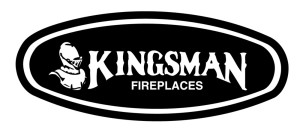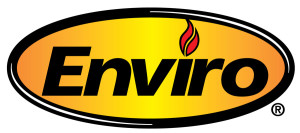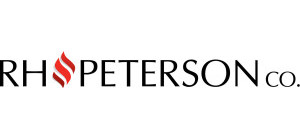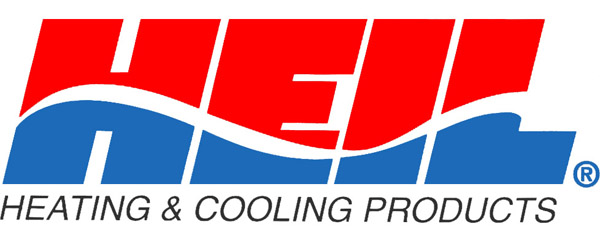What HSPF and SEER Ratings Tell You (and what they don’t)
What you need to know about energy efficiency ratings for heating and cooling equipment
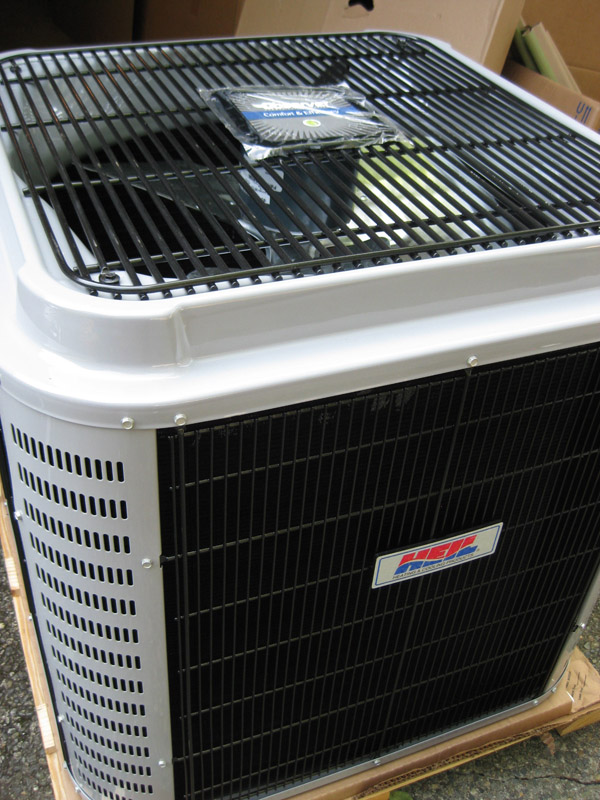 When you buy or upgrade your HVAC system, one of the biggest decisions is how to balance cost with efficiency. The more efficient, the more you’ll save in the long run. But these systems usually cost more up front.
When you buy or upgrade your HVAC system, one of the biggest decisions is how to balance cost with efficiency. The more efficient, the more you’ll save in the long run. But these systems usually cost more up front.
The SEER and HSPF ratings are meant to give you a sense of how much money you could save over time.
The Difference Between HSPF and SEER Ratings:
HSPF rates heating, and SEER rates cooling.
A heat pump will therefore have both ratings because a heat pump can both heat and cool a home.
An air conditioner will have only a SEER.
SEER – Seasonal Energy Efficiency Rating
People call it a SEER rating, but that’s kind of like saying “ATM machine” (Automated Teller Machine machine). So let’s just call it a SEER instead.
The SEER is a calculation of the efficiency of a cooling system, whether it’s an air conditioner or the cooling portion of a heat pump. A higher SEER means more energy efficient.
Modern air cooling systems are typically rated from 13 to 23, though you rarely find one that goes over 20. And if you did, the balance of cost vs efficiency would lean heavily toward cost, and you’d probably never make up the difference in savings.
Older cooling systems may be rated as low as 7. So, upgrading even to a modest 13 or 14 SEER AC or heat pump will yield substantial energy cost savings.
How is a SEER calculated?
Air conditioning is about removing humidity from a room, and cooling the air, kind of like a refrigerator. The SEER is based upon the energy it takes to remove a certain amount of heat from a room. The amount of heat to be removed is called “tonnage.” Measured in BTUs, the heat tonnage is divided by the watts of energy needed to remove it.
The SEER is complicated by other factors such as the “cooling load,” which is related to how many vents are in the house and whether you live in a hot or cool climate. Phoenix, for example, would have a higher cooling load than Seattle, because it takes more energy to remove heat in Phoenix.
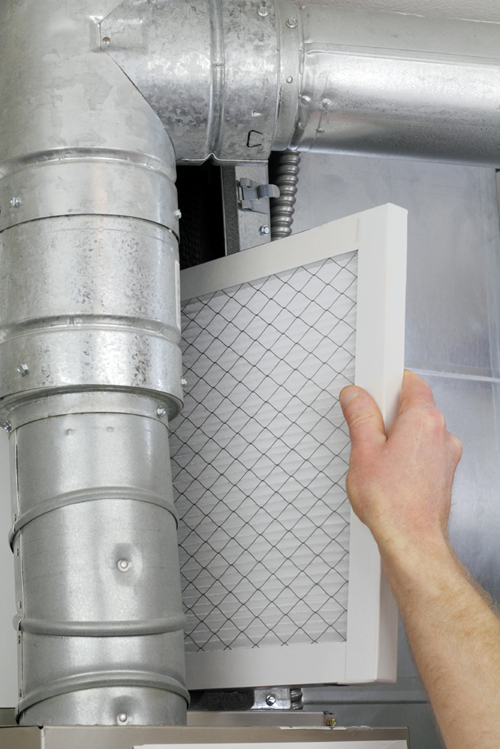 What the SEER Does Not Tell You – Other Factors to Consider
What the SEER Does Not Tell You – Other Factors to Consider
The cooling load is an example of why you can’t just look at the SEER to make your buying decision.
Just having a high SEER doesn’t guarantee energy savings. Here are a few other factors that will affect the efficiency of your cooling system, regardless of whether it’s an AC or a heat pump:
- Higher temperatures lower efficiency – consider your climate
- Length of operation – the more hours you run it, the less energy your save. Cooling a house always uses energy. So you’re never “saving” energy. You’re just using it more or less efficiently depending on the SEER and these other factors
- Quality of home – poor insulation and cracks in the walls or doors mean air will escape. This greatly affects the efficiency of your cooling (and heating) system, no matter how high the SEER
- Quality of cooling system – an AC with a low SEER that lasts for years will save you more money than a higher SEER unit that keeps breaking down. Quality matters.
- Responsible maintenance – a clogged filter on an AC with a high SEER will make it work much harder than it has to, negating the benefits of the higher rating. Clean your filters! (Even better, have a professional handle your AC maintenance)
Here’s an article with more details about the limits of relying on the SEER
And though the HSPF rating measures heat, most of the same factors are in play for your heating system. Just like the SEER, the HSPF should not be the only thing you rely on when purchasing a new heater.
HSPF Rating – Heating Season Performance Factor
Like the SEER, the HSPF attempts to rate the efficiency of the heating system. The HSPF rating is typically used only for heat pumps.
A higher HSPF means a higher efficiency. Here, ratings from 5 to 7 are decent, but the best heat pumps today are rated around 10. Any heat pump made after 2005 will have an HSPF rating of at least 7.7. With a 7.7 rating, this means the heat pump will produce 2.25 times the heat energy that it consumes in electricity.
So again, if your heat pump is older and rated below 5, you may achieve significant cost savings by upgrading to a more efficient unit.
How is the HSPF Rating Calculated?
Heating is the opposite of cooling. The heating unit just pumps in warmed air. So, the HSPF rating is based on how much heat output is produced based on each unit of electricity used.
Heating output is measured in BTUs. This number is divided by the energy the heat pump consumes in watt-hours. The complicating factor is the term “season.” A heat pump works harder in different seasons, depending on the difference between the outside and inside temperatures and how long the unit operates during those times.
The HSPF attempts to incorporate those factors. So while this complicates the math, the basic meaning is the same. A higher HSPF means a more efficient heat pump, and more long-term energy savings.
Check out this interactive animation to learn more about how heat pumps work.
Energy Savings Calculators
The government has a page that calculates energy savings for all kinds of systems. Just to warn you, some of these tools are not very user friendly. But they will give you an idea of your potential cost savings or expenses from various heating and cooling systems.
Here’s the energy savings calculator main menu page
Ready for an Installation? Need a Consultation?
B&C Comfort installs and repairs several brands of heat pumps and air conditioners, with a variety of HSPF and SEER ratings.
See your options and give us a call.
Supported Manufacturers
We sell and install these manufacturers, but we repair all brands.
Bonded & Insured
B & C Comfort, LLC is bonded, licensed, insured and also a better practices business.
Regions Serviced
We serve these areas within King County and Snohomish County
King County postal codes
- Baring - 98224*
- Bellevue - 98004, 98005, 98006*, 98007, 98008, 98009, 98015
- Bothell - 98011, 98041
- Carnation - 98014
- Duvall - 98019
- Fall City - 98024
- Issaquah - 98027*, 98029
- Kenmore - 98098
- Kirkland - 98033, 98034
- Medina - 98039*
- Mercer Island - 98040*
- North Bend - 98045*
- Preston - 98050
- Redmond - 98052, 98053
- Sammamish - 98074, 98075
- Shoreline - 98133*, 98155*, 98177*
- Skykomish - 98288*
- Snoqualmie - 98065
- Woodinville - 98072, 98077
We do not service within Seattle
Snohomish County postal codes
- Bothell - 98012, 98021
- Edmonds - 98020*, 98026*
- Everett - 98201*, 98203*, 98204*, 98205*, 98207*, 98208*
- Gold Bar - 98251*
- Index - 98256*
- Lynnwood - 98036*, 98037*, 98046*, 98087*
- Mill Creek - 98012, 98082
- Monroe - 98272
- Mountlake Terrace - 98043*
- Mukilteo - 98275*
- Snohomish - 98290*, 98291, 98296
- Start Up - 98293*
- Sultan - 98294
Not in our service area: Granite Falls, Lake Stevens, Marysville, Renton
*(Additional trip charges may apply)
If you are unsure if your location is within our service area, please contact us to find out!



